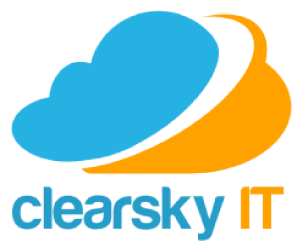SharePoint vs OneDrive vs Teams often feels like alphabet soup when you just want to save a file and move on. You might stash proposals on desktops, send them by email, then fight over whether “final.doc” or “finalfinal.doc” wins. Staff lose time, you risk stale data, and no one is sure what gets backed up. Let’s talk about why, and end that!
OneDrive is your personal business filing cabinet, private until you choose to share it. Microsoft Support puts it simply: work on a file alone, save to OneDrive.
SharePoint is the company filing room where you set permissions, add labels and keep team folders in order. The clue is in the name; it’s made for collaborative documents, allowing you to choose with whom to share your work.
Teams is the front door: chat, calls and the same SharePoint files live side by side, so you work where the talk happens. One study on Teams collaboration shows that when used effectively as a tool in business, decision time drops by 17.7 %.
As a general rule of thumb – If only you touch it, OneDrive. If several people need it, SharePoint. If the team also talks about it, Teams.
A deeper look at each tool
OneDrive handles working drafts and laptop-to-cloud sync. Business Basic gives each user 1 TB – about the equivalent of 300,000 photos – from around £4.60 a month
SharePoint manages live project folders with version history and approval flows. A US manufacturer cut hand-off delays after NGenious moved its capital-expense workflow to SharePoint Online and Power Automate.
Teams surfaces the same SharePoint files right next to chat and meetings. Forrester reports executives make decisions almost a fifth faster once everything sits in one workspace.
“But Google Drive is cheaper”
The numbers say otherwise. Microsoft 365 Business Basic costs £4.60 per user each month on an annual term and gives 1 TB per user. Google Workspace Business Starter stands at £5.90 on the same basis with 30 GB pooled storage. You also lose single sign-on, the MFA stack and unified backup when you mix tools across different suites. Cheap can turn costly fast through lost hours and extra support calls, and nobody wants to spend any length of time on the phone to suppliers!
On one last note, cloud storage whether it’s in your personal OneDrive does not necessarily mean backup. OneDrive’s recycle bin keeps deleted files for 30 days, but that won’t help after ransomware, admin errors or long-term retention needs. Our post on “Storage vs Backup” walks through the gap. A proper backup cuts recovery time and reduces risk rather than promising perfect safety.
Ready to tidy your files and get a collaborative handle on your business data? Talk to Lee at Clearsky IT about a continuity and backup plan that suits your business.
Further reading: How to: Teams
